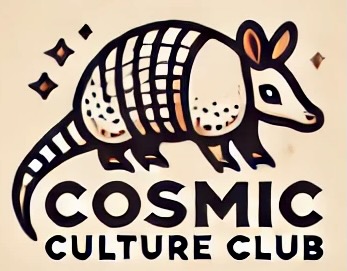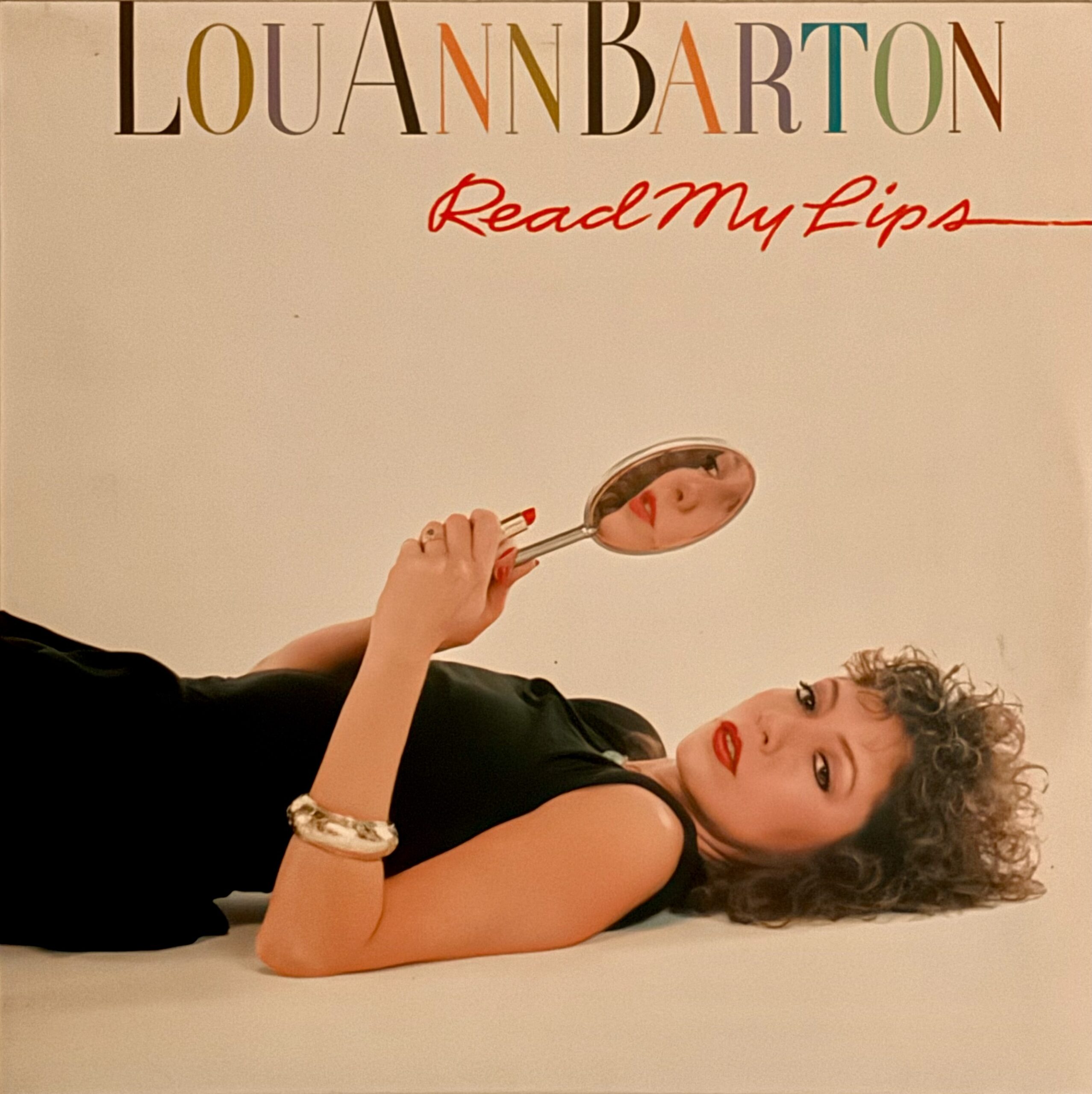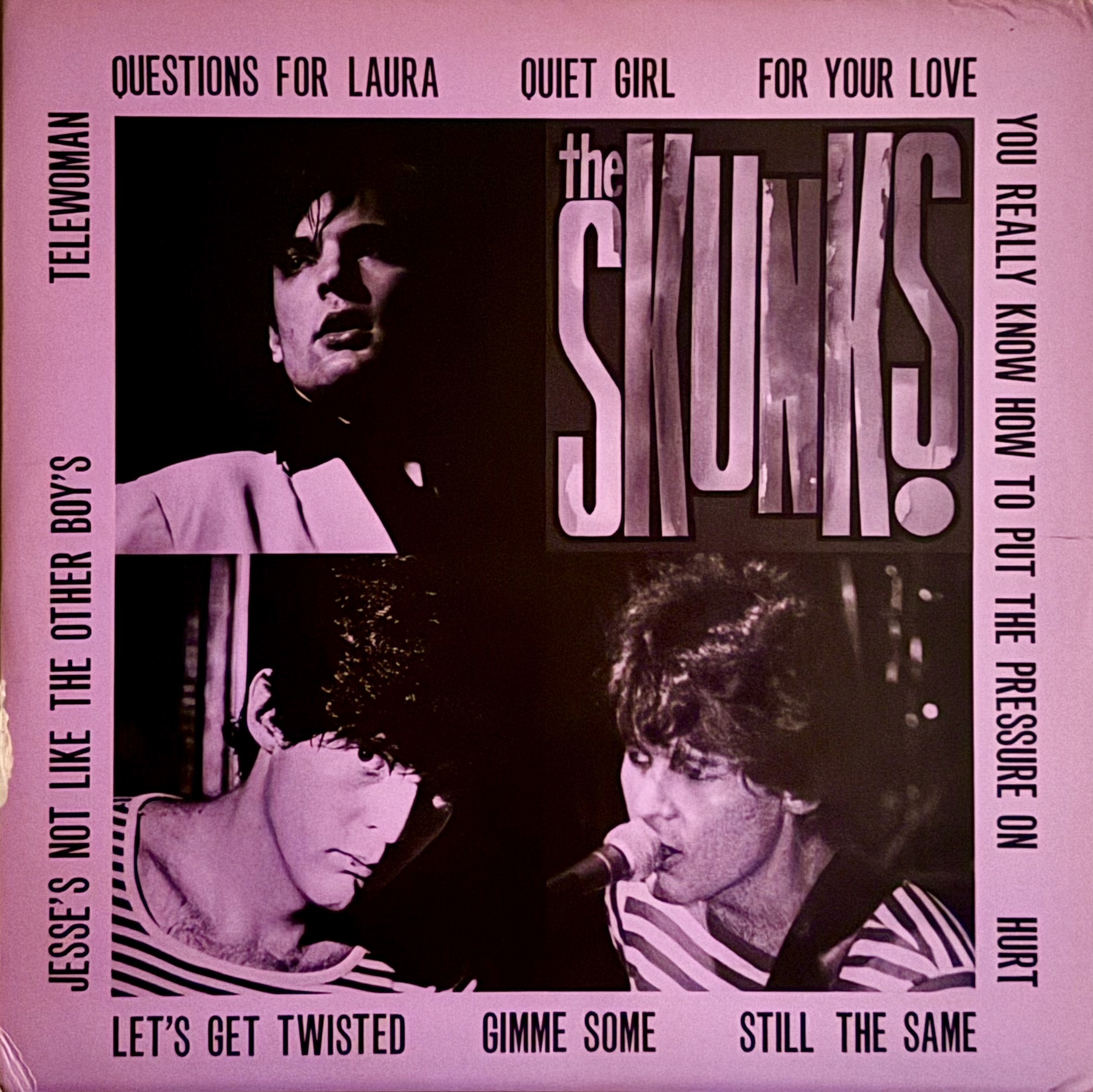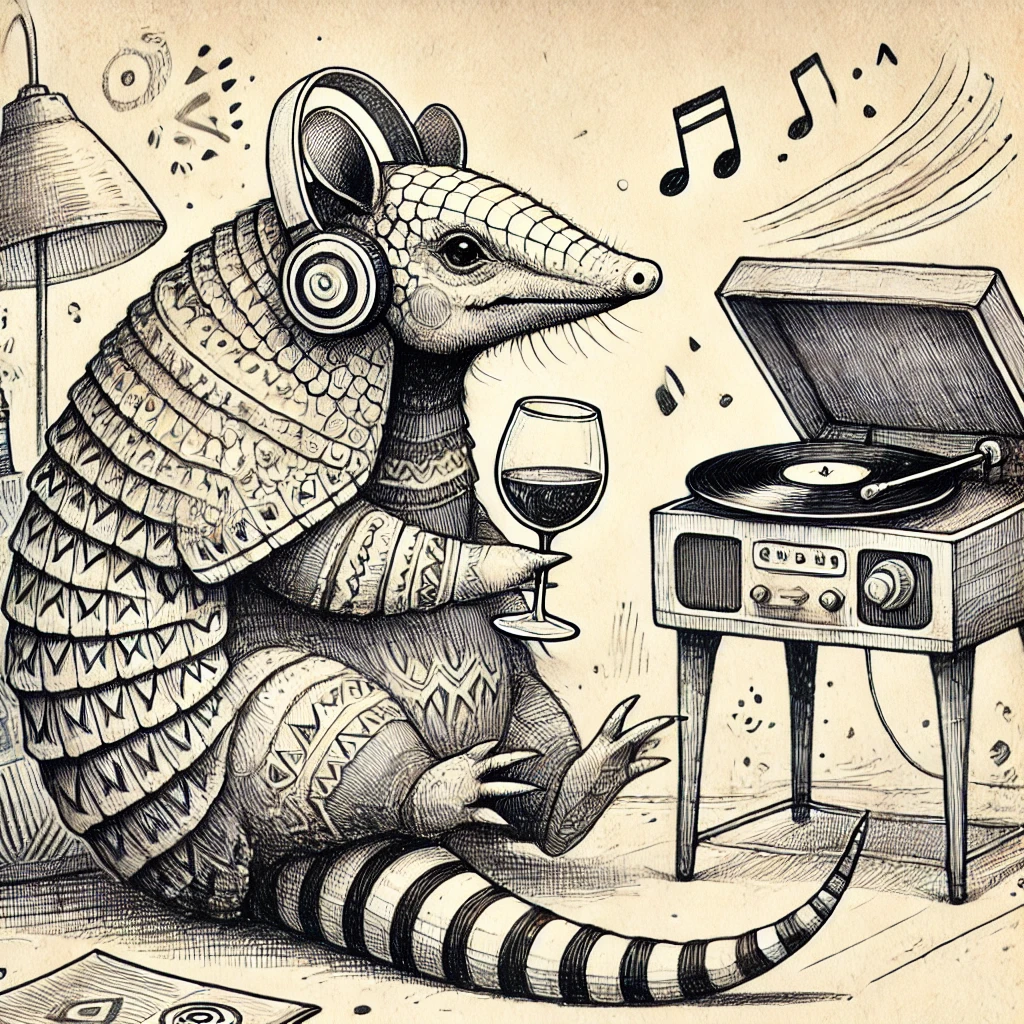Commander Cody and His Last Planet Airmen
Album: Live From Deep in the Heart of Texas
Released: 1974 (Recorded 1973)
Live From Deep in the Heart of Texas is a time machine that transports us to the smoky, cavernous hall of the Armadillo World Headquarters in 1973. Commander Cody and His Lost Planet Airmen weren’t a local band, but they had a natural connection with Austin audiences and forged enduring friendships with many local artists. Eddie Wilson, founder of the Armadillo, heralds it as “the tightest relationship our place ever had with a touring act.” The album is drenched in 1970’s Austin, right down to the album cover designed by Jim Franklin of the Armadillo Art Squad, featuring his trademark armadillo.
“None of their studio albums had come close to capturing the energy of the band that we had seen and felt at our music hall,” Wilson recalled in his memoir when describing the recording. “Every show of theirs at the Armadillo was a beer-soaked, pot-stoked, wild party, from the first chord to the last.” Commander Cody wanted to capture that feeling on the album. They were in Austin for the vibe.
“There is no way any future album is going to capture them better than this,” Bob Baker gushed in his contemporaneous review. “They put on one of the most exciting, joyful, and pure displays of rock and roll country-western music,” he continues, “and when they do it in front of an audience like the one at the Armadillo World Headquarters in Texas, well, the whole night is one long stomp.”
Commander Cody didn’t just visit the local scene, they played a vital role in shaping its legacy. They not only introduced Kinky Friedman to the record executives, they also inspired the greatest western swing band of the modern era – Asleep at the Wheel. Ray Benson describes a show in 1969 that was the catalyst. “They were the loudest, wildest band I’d ever heard. They played a crazed, amped-up countrified rockabilly that swung hard and rocked even harder, and the way they combined it all was everything I envisioned music could be…Cody and the band had cracked the code and all I could do was stare in awestruck wonder.” In that moment, the formula for his own band cemented in his consciousness.
There was a strong bond between the bands, and Commander Cody served as a mentor during the early days of Asleep at the Wheel. They encouraged Asleep at the Wheel to join them in San Francisco, and provided a place to crash when they arrived. When Commander Cody outgrew a club, Asleep at the Wheel often inherited the gig as they built their own fan base among the California hippies.
Then, Commander Cody brought them to Austin and encouraged them to pitch their tent here. Ray Benson describes the experience in his book,“We’d first played Austin with them in February 1973 at the Armadillo World Headquarters and returned there with them that November, when they recorded a weekend of shows for their album Live From Deep in the Heart of Texas. Whenever we walked into the Armadillo, it just felt like home.” The fit was right, and Benson never left.
Live From Deep in the Heart of Texas is a celebration album. Austin was having one of those moments where it was the place to be. Commander Cody bathed himself in that mystique and used the Armadillo seal as a trophy of authenticity. In return, he served as an ambassador spreading the legend of the booming club. It was friendship that outlasted the club, and seven years after recording the album, Commander Cody and Asleep at the Wheel split the bill for the final show at the Armadillo.
Spin the album and take a peek through a window into Austin in 1973.

William Chris Mourvedre
One of the highlights on the album is a rendition of “Seeds and Stems Again Blues,” a hit from their first album. It’s a traditional country tear-jerker ballad that is one of the saddest songs recorded. Our protagonist is home alone with a soulful violin crying faintly in the background. He has a bottle of wine, a pack of cigarettes, and a television, but his girl left him. He’s got nowhere to go, and he’s down to seeds and stems again too. We’ll sip wine in solidarity with this tragic figure.
William Chris is a Texas winery that is known for its Mourvedre. I’m pouring the 2021 because that’s what was in the wine cabinet, but they are consistently quality wines. The website describes it as, “A true smokey Mourvèdre, with rustic red plum and boysenberry on the nose.” I agree, it’s good. Swirl the glass and enjoy an evening of music that Bob Baker described in his review as, “Songs for truck drivers, songs for cowboys, songs for convicts – that’s the blend.”









